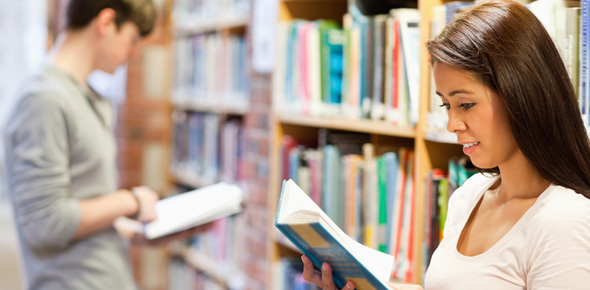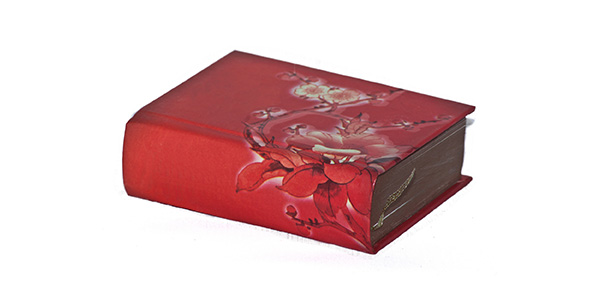Related Flashcards
Related Topics
Cards In This Set
| Front | Back |
|
Where is urine stored before it is released?
|
In the urinary bladder
|
|
When empty, approximately how big is your bladder?
|
The bladder is only as big as your thumb when it's empty!!!
|
|
How big is your bladder when it is full?
|
When it's full, it can get pretty big. How big? That depends to a certain extent on your own anatomy. At any rate, it can certainly hold a reasonable amount of urine
|
|
Why doesn't the bladder rip when filled really full?
|
Remember, the mucosa of the bladder is made of transitional squamous epithelium. Thus, it can stretch without tearing. A submucosa of connective tissue holds the mucosa to a muscularis of smooth muscle. The outermost layer of the urinary bladder is covered by serosa on the top and adventitia on the sides.
|
|
When your bladder stretches as it fills with urine, information is sent where???
|
When your bladder stretches as it fills with urine, information is sent to the spinal cord, and it's integrated there.
|
|
What happens when the bladder is stretched to the point where it needs to be emptied?
|
When the bladder is stretched to the point that it needs to be emptied, parasympathetic impulses then will reflexively cause the relaxation of the internal urinary sphincter.
|
|
internal urinary sphincter
|
This is a “valve” that keeps the urethra closed. However, when it relaxes, the urethra opens
|
|
In addition to relaxing the internal urinary sphincter, parasympathetic impulses also do what?
|
Parasympathetic impulses contract the smooth muscle in the bladder, and the bladder empties through the now open urethra
|
|
Why don't we automatically empty out our bladder like we did when we were babies?
|
As we get older, we get myelination of our nervous system so that the spinal cord can send the message up to the cerebral cortex, and the cerebral cortex can decide what to do
|
|
external urinary sphincter
|
Inferior to the internal urinary sphincter in males and more or less on top of the internal urethral sphincter in females. This sphincter is normally contracted. As a result, the urethra stays closed, even when the internal urinary sphincter relaxes. To empty the bladder, then, requires a conscious effort to relax the external urinary sphincter. That's how we learn to control when we urinate
|
|
incontinence.
|
If nervous system damage occurs, we can lose control over the external urinary sphincter.
Oftentimes, elderly people who suffer from a general degradation of the nervous system can lose control of the external urinary sphincter. When this happens, they cannot control when they urinate. We call this incontinence
|
|
What ultimately determines blood pressure?
|
Ultimately, the volume of blood determines the blood pressure.
|
|
juxtaglomerular cells
|
A drop in blood pressure or a decrease in blood sodium levels can be detected in the afferent arteriole by the juxtaglomerular cells .
|
|
renin
|
Renin is an enzyme, not a hormone. It activates an inactive protein of the blood that is made in the liver.
A drop in blood pressure or a decrease in blood sodium levels can be detected in the afferent arteriole by the juxtaglomerular cells.
When these cells detect either of those changes, they respond by releasing renin
|
|
angiotensinogen
|
Renin activates an inactive protein of the blood that is made in the liver. This inactive protein is called angiotensinogen.
This protein has something to do with blood pressure, but it is a precursor. It is not the chemical that actually affects the blood pressure; it is a chemical which leads to the chemical that affects blood pressure.
|






